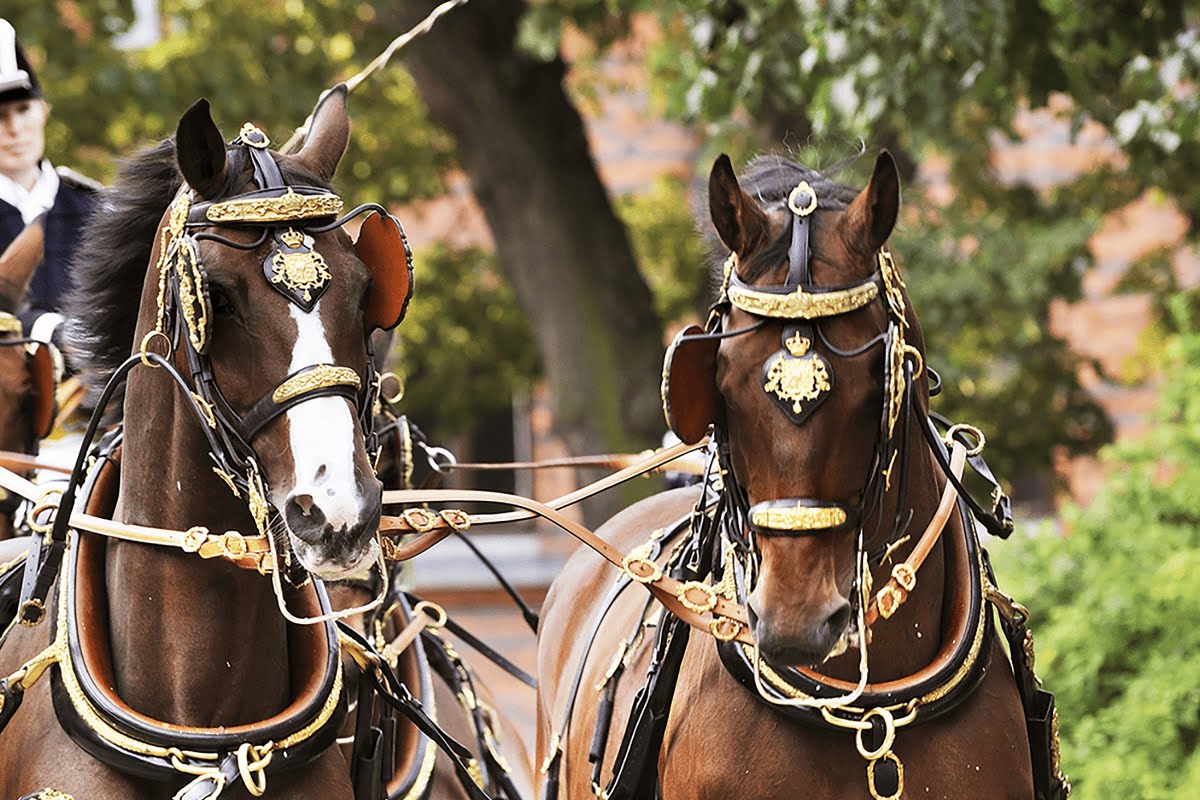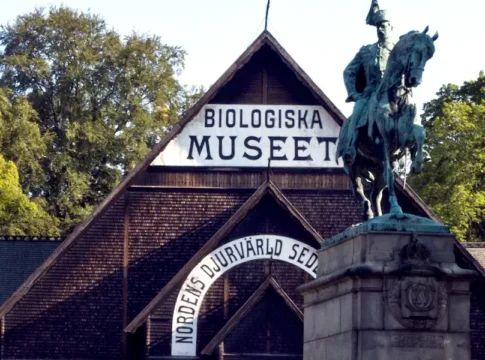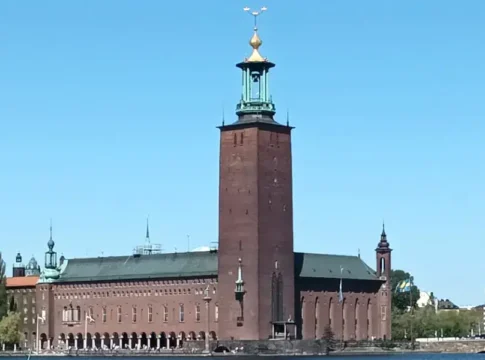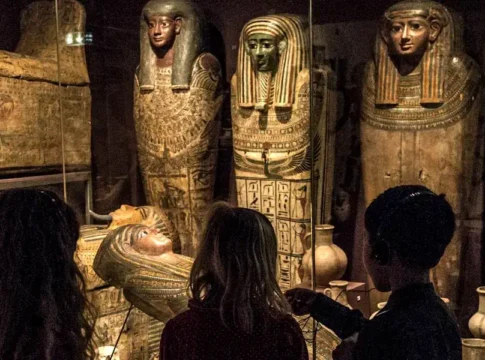The Royal Stables in Stockholm: Equestrian Tradition
In the heart of Östermalm, the Royal Stables offer a glimpse into Sweden’s rich equestrian heritage. Founded during the reign of King Gustav Vasa, these historic stables continue to house majestic horses and ceremonial carriages used by the Swedish Royal Family.


A Rich Historical Heritage
Established in 1535 by King Gustav Vasa, the Royal Stables have long been a central part of Sweden’s monarchy. Over the centuries, they adapted to meet the transportation needs of the Royal Family, from horse-drawn carriages to modern automobiles. The stables remain integral to major state occasions, including the State Opening of Parliament and official receptions for new ambassadors.
Architectural Highlights
The stable complex is both functional and beautiful. Eckert’s architecture blends historic and modern design, creating a striking environment for visitors. The site includes a carriage museum tracing the evolution of royal transport and a riding school where equestrian skills are honed.




The Equestrian Experience
Traditionally, guided tours allowed visitors to observe the daily care and training of the royal horses. The staff’s dedication reflects the deep bond between horse and handler, cultivated over years of ceremonial service.
Closed Temporarily for Renovations
Since 2024, guided tours of the Royal Stables have been paused for renovations. Future plans include new exhibitions and visitor experiences. Once reopened, guests will again be able to explore this unique royal institution.
Conclusion
The Royal Stables provide an enthralling look into Sweden’s equestrian traditions and royal history. Whether for their architecture, historic carriages, or living heritage, the stables remain an essential part of the nation’s cultural identity.
Nearby Attractions
- The Royal Palace: The monarch’s official residence with regal rooms and the Royal Armoury.
- Vasa Museum: Home to the preserved 17th-century warship that sank in 1628.
- Skansen: The world’s oldest open-air museum with historic villages and Nordic wildlife.
- Nordic Museum: Showcasing Swedish culture, design, and everyday traditions.
- Gröna Lund: Stockholm’s historic amusement park with rides, concerts, and waterfront views.
The Royal Stables are more than a home for horses—they represent centuries of Swedish royal tradition, offering visitors a unique way to connect with the nation’s living heritage.





